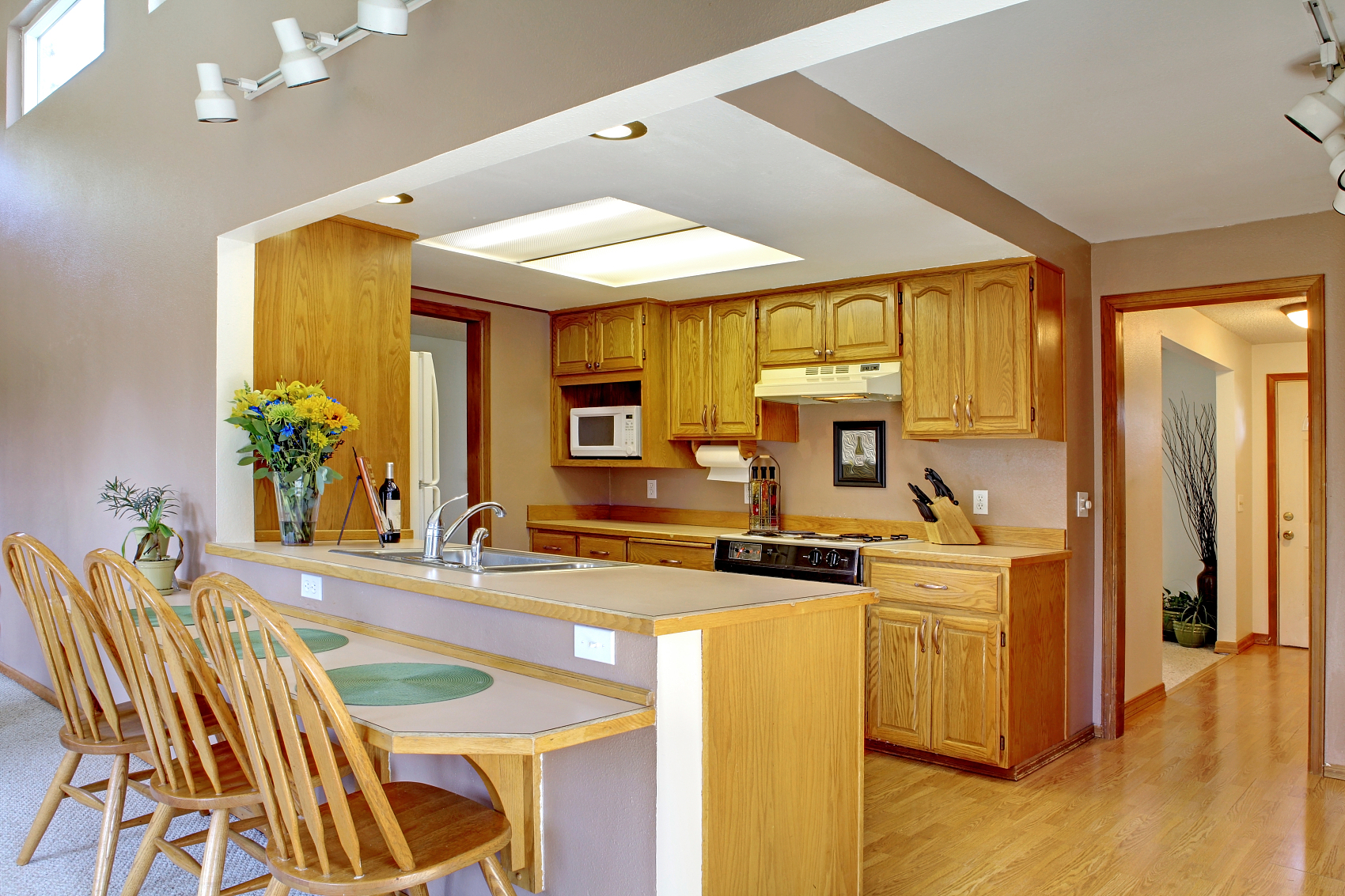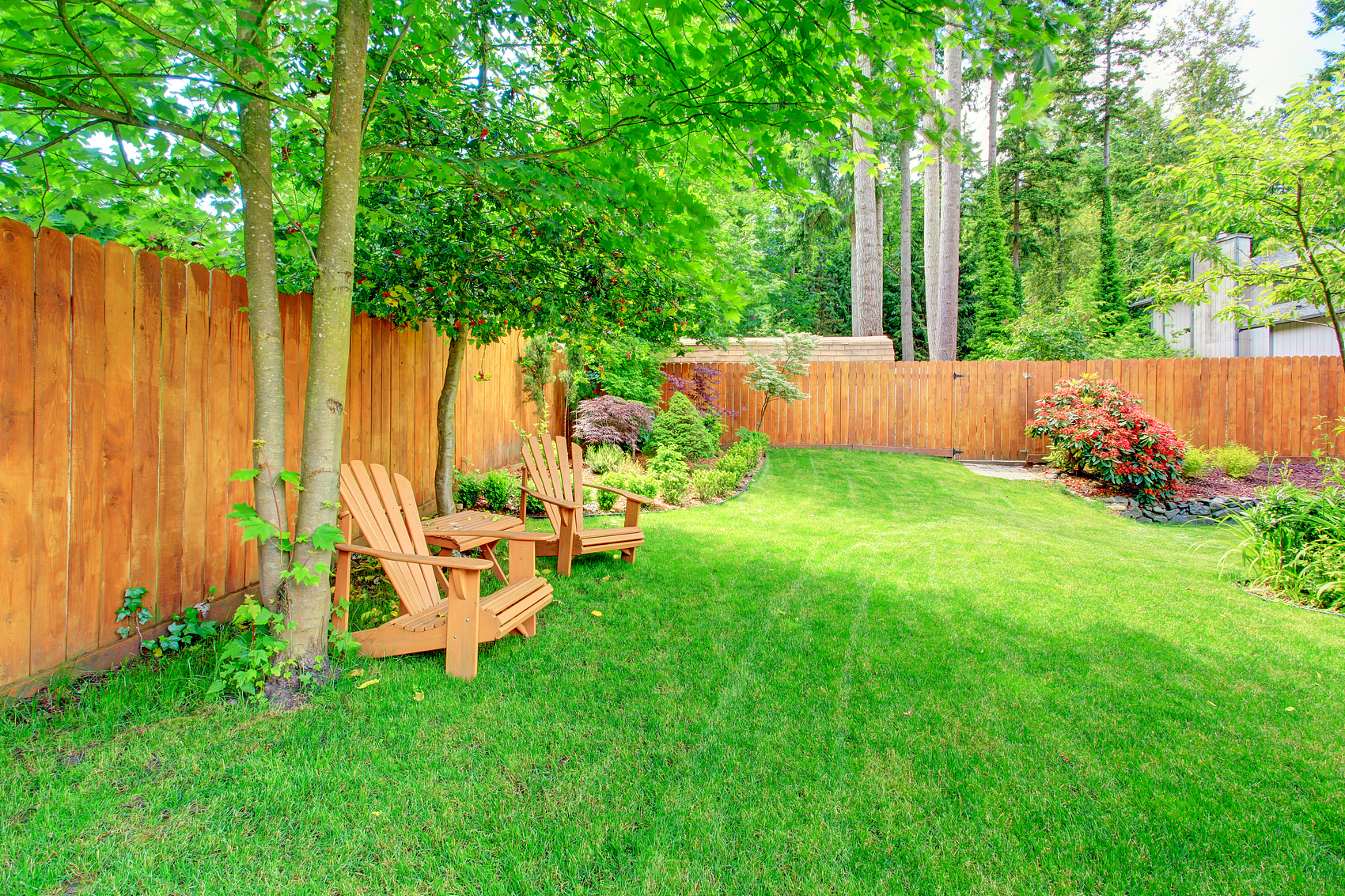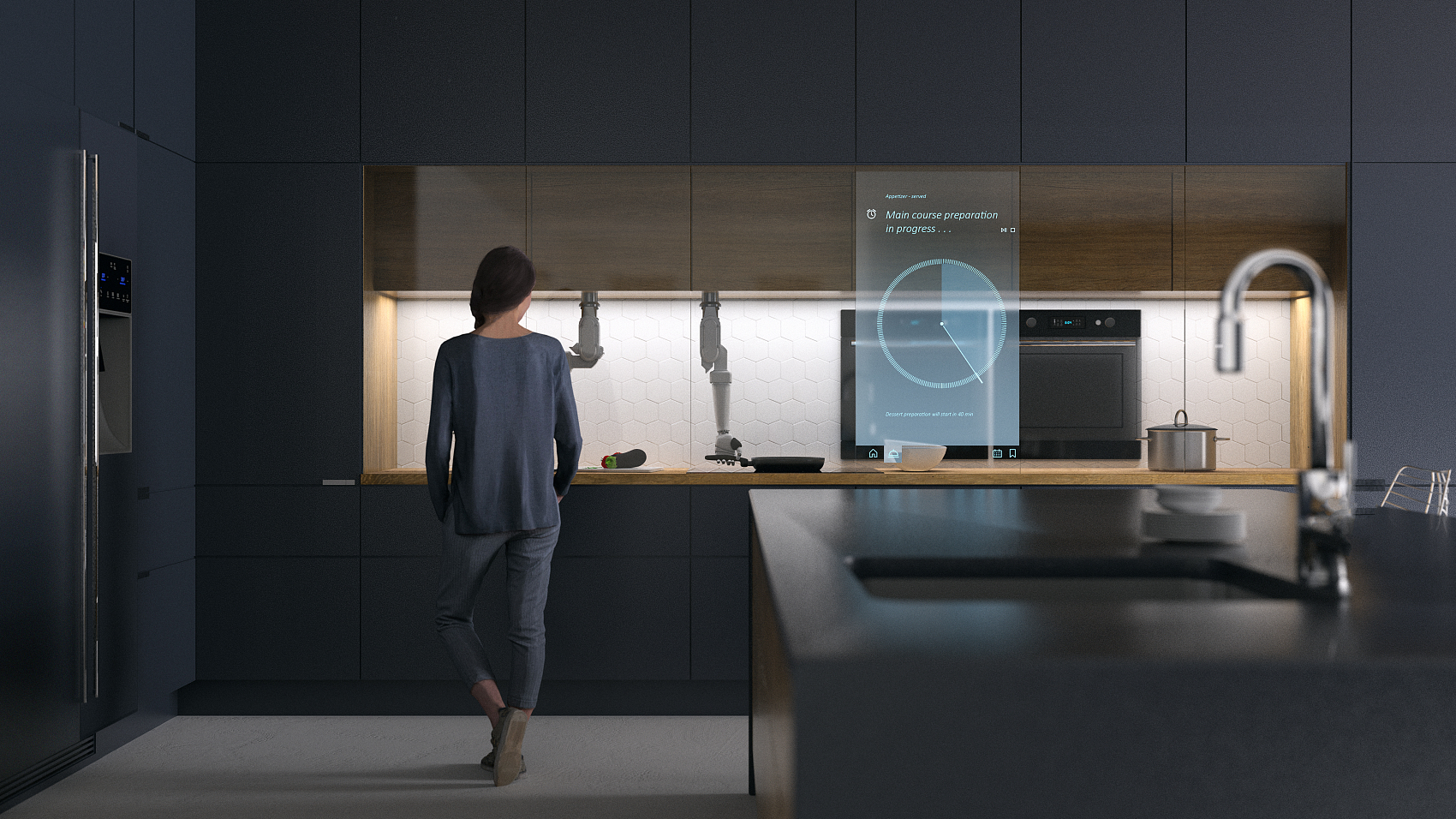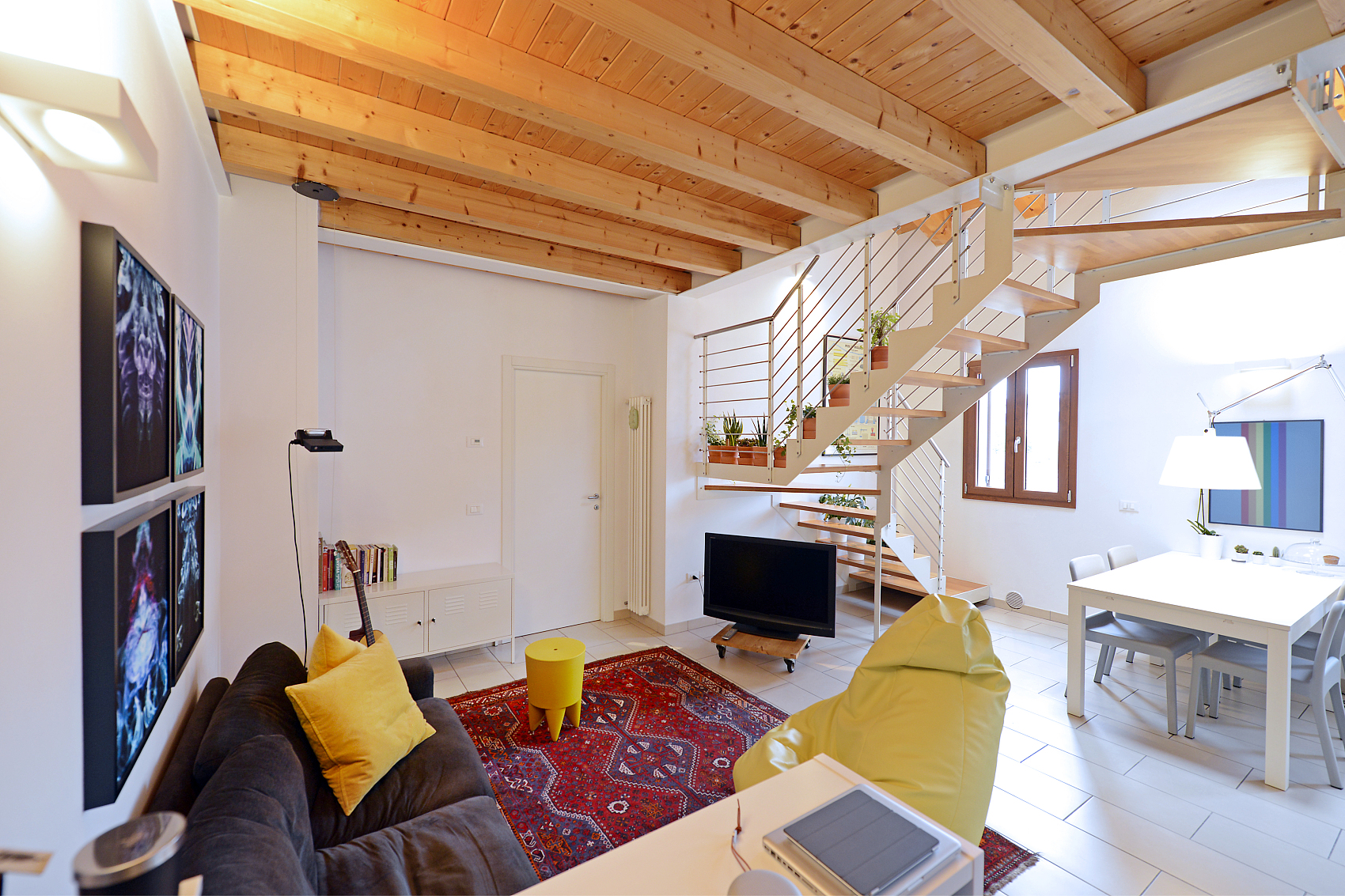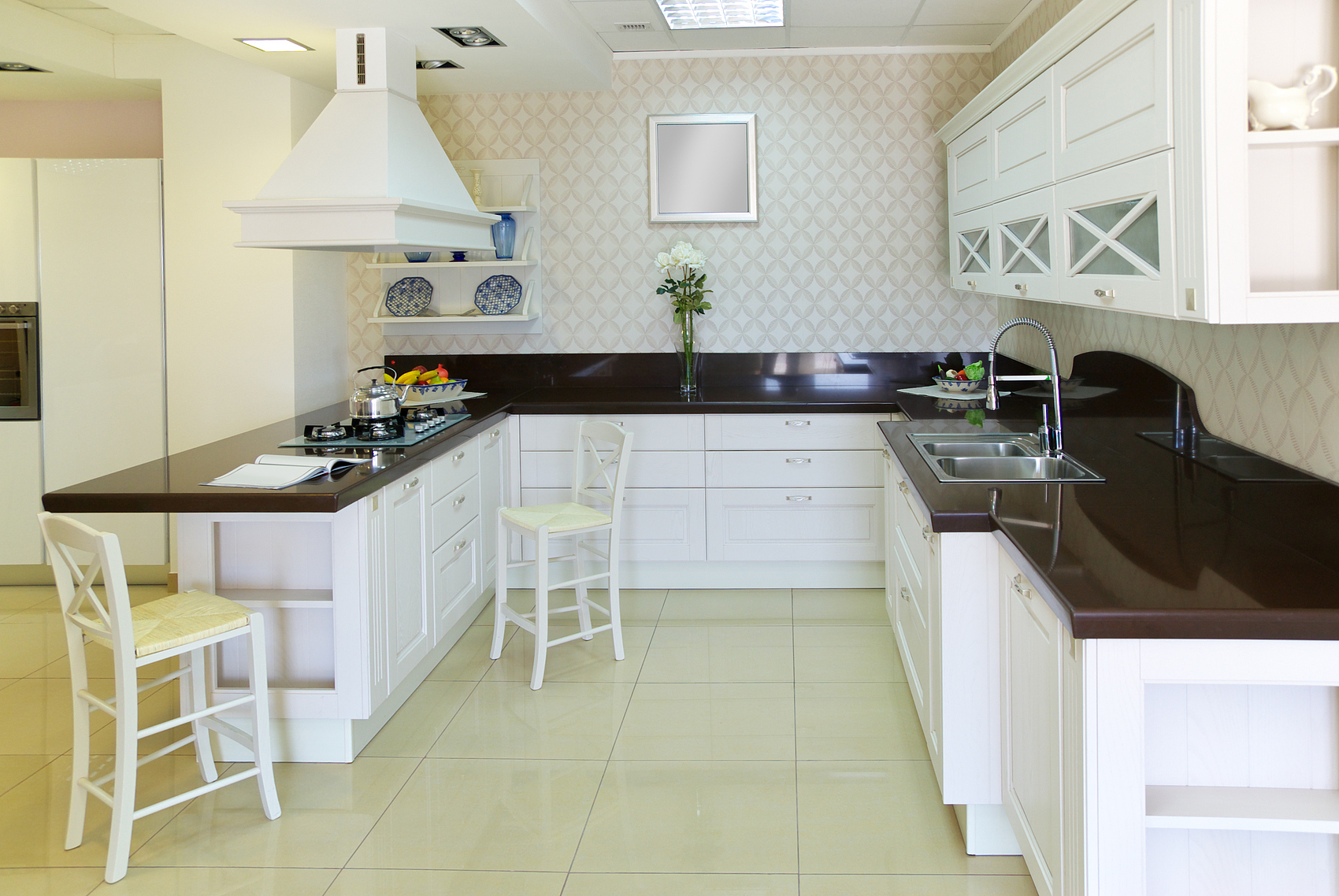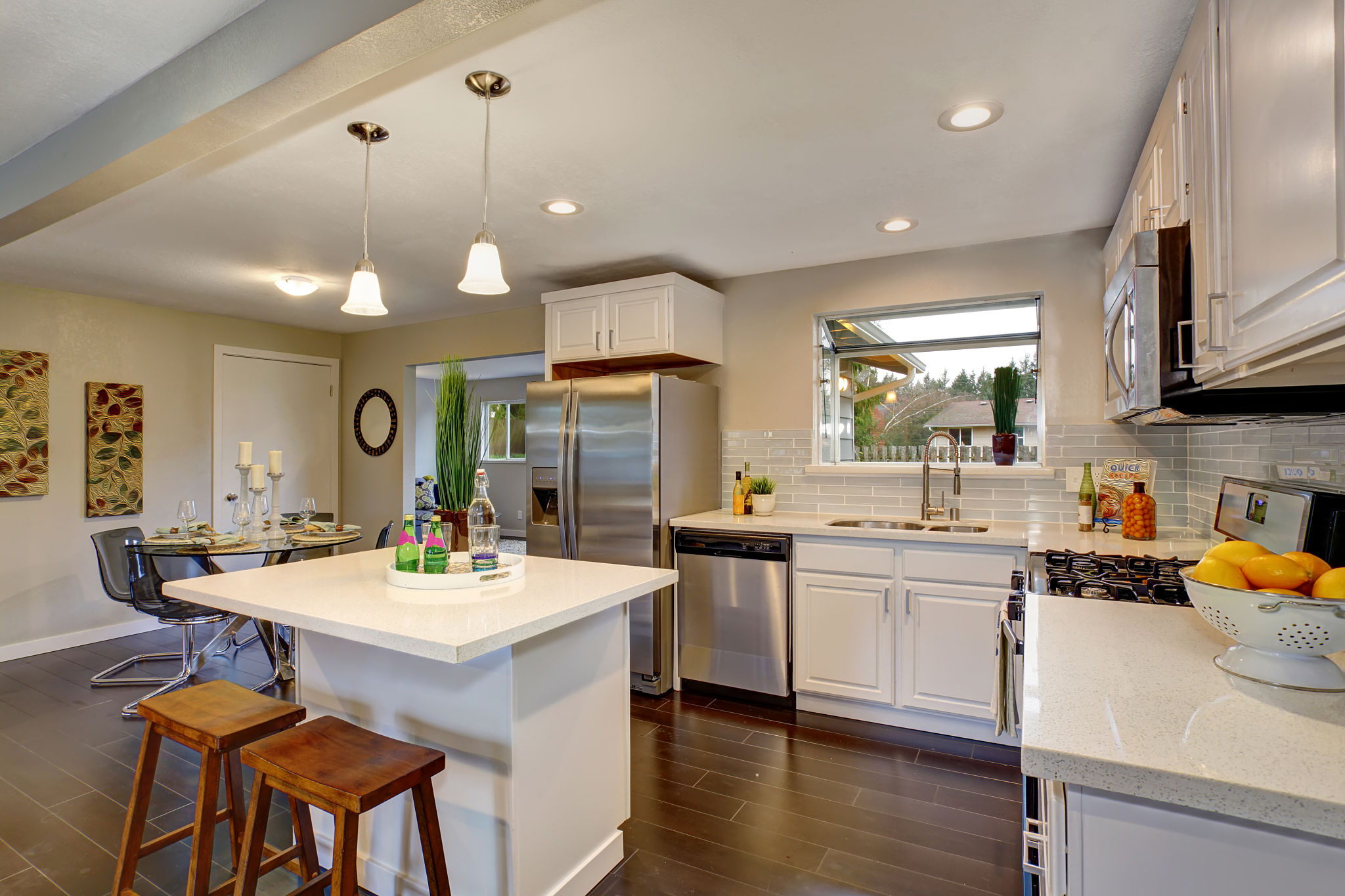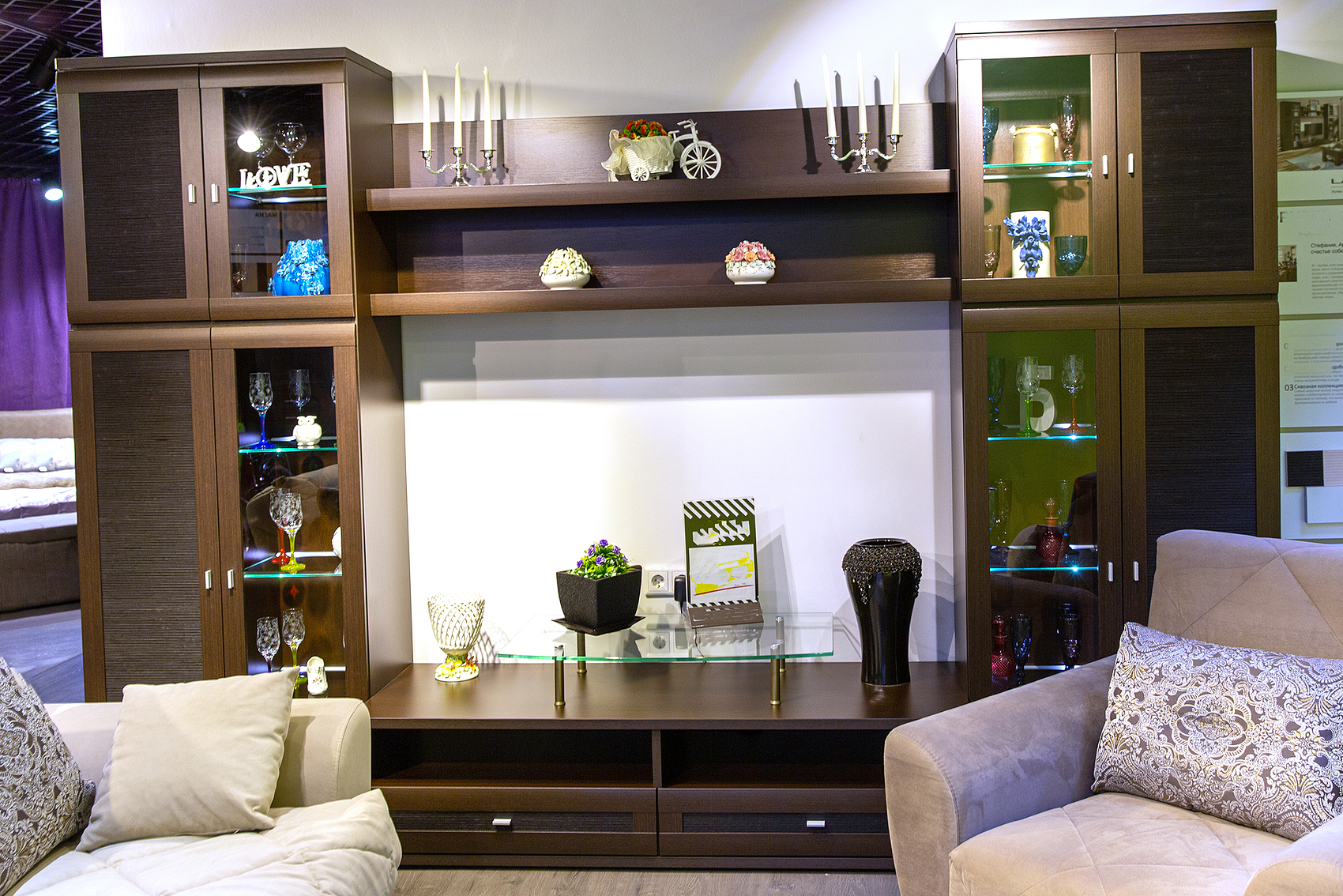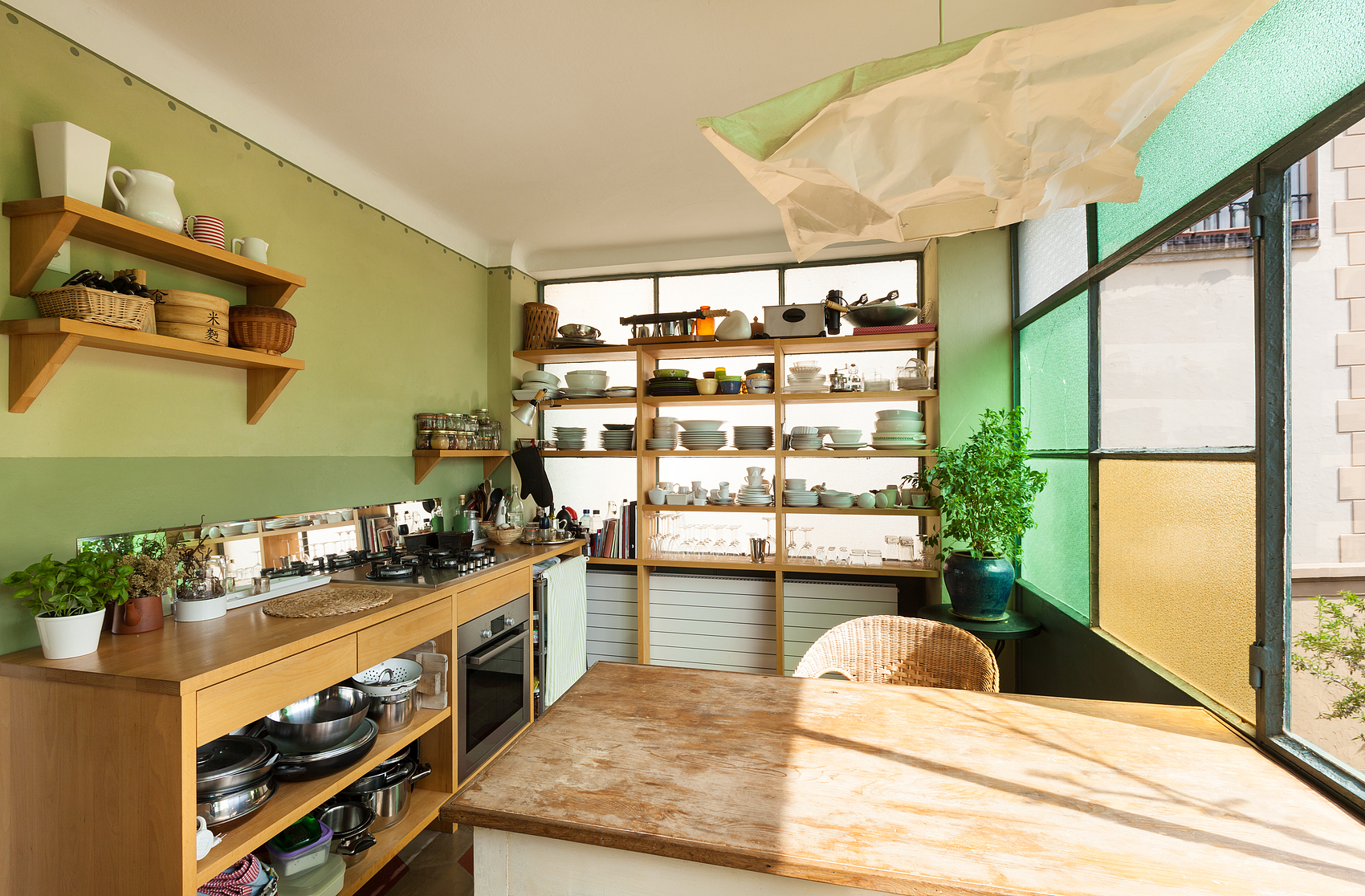Common light switch wiring refers to the typical way electrical wires are set up to control a light fixture using a switch. In most homes, this involves three key wires: the hot wire, neutral wire, and ground wire. Here’s a simple breakdown:
- Hot Wire (Line or Phase): This wire carries electricity from the power source to the light fixture and is usually black or red.
- Neutral Wire: The neutral wire provides a return path for the electrical current, completing the circuit and sending electricity back to the panel. It’s typically white.
- Ground Wire: This wire helps prevent electrical shocks by allowing any faults to safely discharge into the ground. It’s usually green or bare.
- Switched Hot Wire (Load): This wire connects the switch to the light fixture. When the switch is turned on, it lets electricity flow to the light. This wire is usually black too.
A common wiring setup sends power from the electrical panel to the light fixture, then to the switch. The switch interrupts the hot wire, so when it’s off, it breaks the circuit and turns the light off. Turning the switch on completes the circuit and lights the fixture.
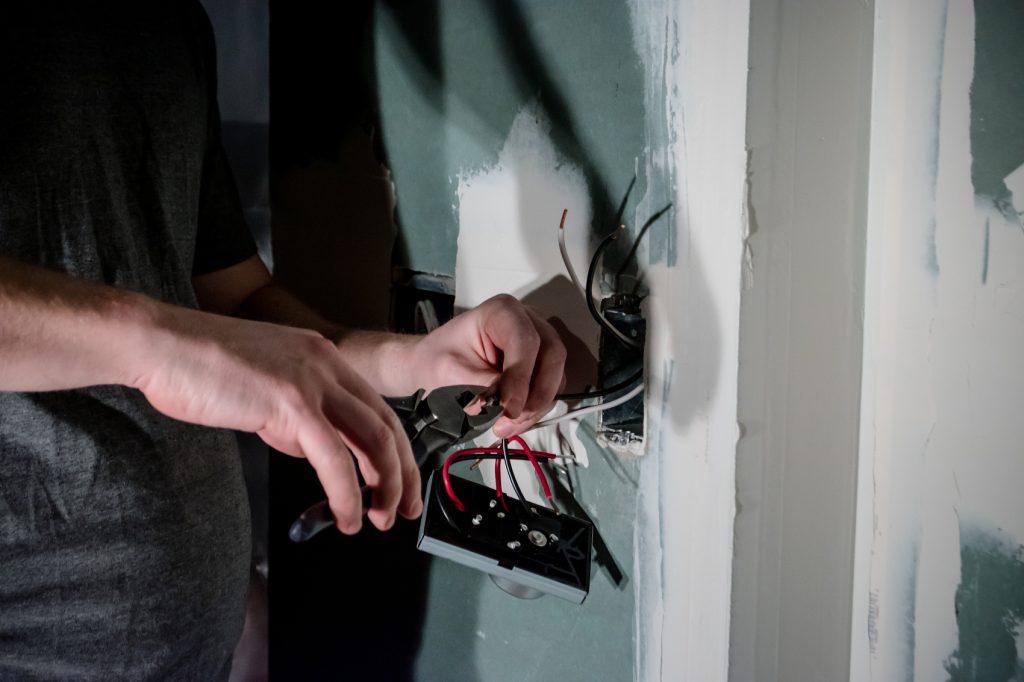
What Does “Common” Mean in Wiring?
The “common” terminal on a switch is where the live wire (often brown or, in older systems, red) connects. The L1 terminal connects to the wire going to the light fixture, usually blue or, in older circuits, black.
Wiring setups may vary depending on local codes, but not based on the switch’s height. Different types of switches—like single-pole, three-way, and four-way—each have their own wiring configurations, especially for controlling lights from multiple locations. If you’re unsure about electrical work, always consult a qualified electrician to stay safe and meet local regulations.
What’s the Purpose of a Light Switch?
A light switch controls the flow of electricity to a light fixture. Turning the switch on completes the circuit, allowing electricity to reach the light. Turning it off breaks the circuit, cutting power to the fixture.
What’s the Difference Between a Single-Pole and a Three-Way Switch?
A single-pole switch controls a light from one location, while a three-way switch allows you to control a light from two locations. Three-way switches use extra wires (called traveler wires) to communicate between switches.
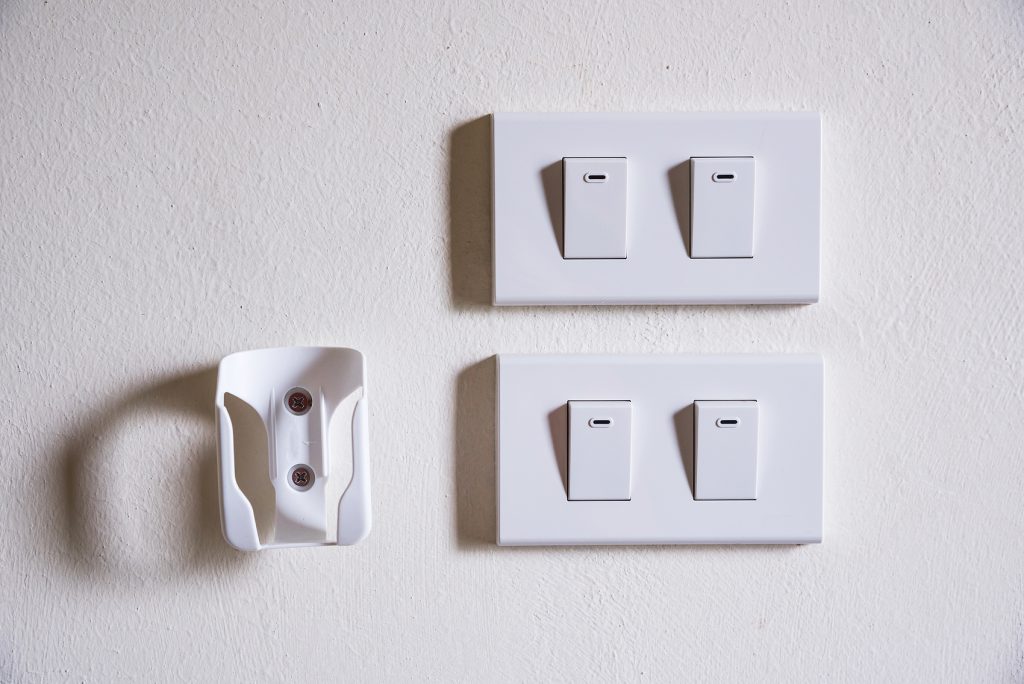
What If a Light Switch Isn’t Working?
If your switch isn’t working, check for a tripped circuit breaker, verify the wire connections at the switch and fixture, and use a voltage tester to see if the wires are live. If you can’t fix the issue, call an electrician.
Standard Height for a Light Switch
The standard height for light switches is between 42 to 48 inches (107 to 122 cm) above the floor. This makes it easy for most people to reach without bending or stretching. In some homes, switches may be installed lower to accommodate children or people with specific needs.
Final Tip:
Always prioritize safety when working with electricity. If you’re unsure about any wiring work, it’s best to get help from a professional electrician.



